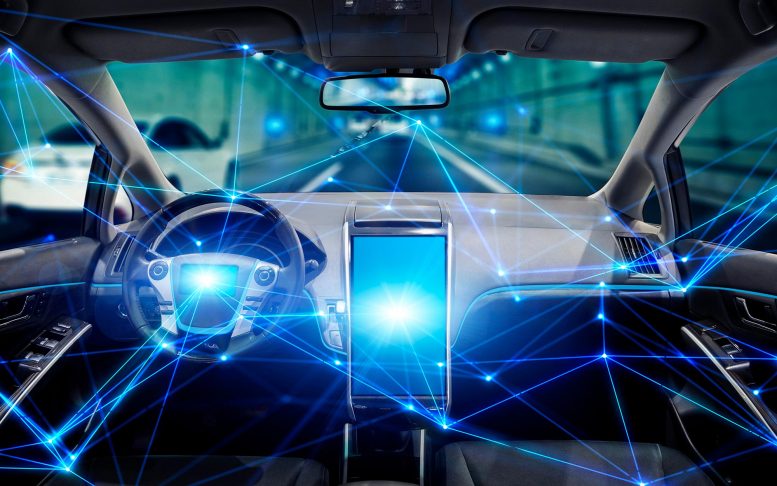
Engineers have created decision-making and motion-planning systems to prevent casualties and property damage when self-driving cars are involved in unavoidable collisions.
After determining that a collision of some sort is unavoidable, the system analyzes all possible courses of action and selects the one with the least severe consequences.
“What can we do in order to minimize the consequences?” said Amir Khajepour, a professor of mechanical and mechatronics engineering at the University of Waterloo. “That is our focus.”
Avoiding collisions with people is the first guideline for autonomous vehicle (AV) crash-mitigation technology.
After that, it considers variables such as relative speeds, crash angles, variations in mass and vehicle type to decide the optimal action, such as braking or steering in a certain direction.
“We consider the whole traffic environment perceived by the autonomous vehicle, including all the other vehicles and obstacles around it,” said Dongpu Cao, also a mechanical and mechatronics engineering professor at Waterloo.
Khajepour, director of the Mechatronic Vehicle Systems Lab, said the system is needed because the popular idea that AVs of the future will completely eliminate crashes is a myth.
Although safety should improve dramatically, he said, there are just too many uncertainties for self-driving vehicles to handle them all without some mishaps.
“There are hundreds, thousands, of variables we have no control over,” he said. “We are driving and all of a sudden there is black ice, for instance, or a boulder rolls down a mountain onto the road.”
When an accident is unavoidable, AVs can reduce damage because they always know what is going on around them thanks to sensors, cameras, and other sources, and they frequently make tens, if not hundreds, of decision every second based on that knowledge.
The new technology bases its decisions on predefined mathematical calculations that take into account the seriousness of collision injuries and damage in order to determine how an AV should react in emergency scenarios.
Extremely difficult ethical issues, such as whether an AV should prioritize the safety of its own occupants or balance the interests of all accident victims equally, were not taken into consideration by researchers.
But when carmakers and regulators eventually hammer out the ethical rules for self-driving vehicles, Khajepour said, the system framework is designed to integrate them.
###
In addition to Khajepour and Cao, director of the Waterloo Cognitive Autonomous Driving Lab (CogDrive), the researchers included postdoctoral fellows Hong Wang and Yanjun Huang, and Ph.D. students Yadollah Rasekhipour and Yubiao Zhang.
Reference: “Crash Mitigation in Motion Planning for Autonomous Vehicles” by Hong Wang, Yanjun Huang, Amir Khajepour, Yubiao Zhang, Yadollah Rasekhipour and Dongpu Cao, September 2019, IEEE Transactions on Intelligent Transportation Systems.
DOI: 10.1109/TITS.2018.2873921

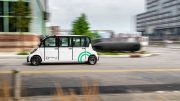
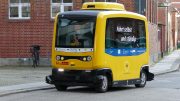
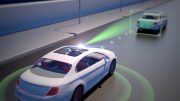
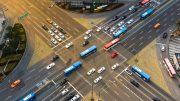
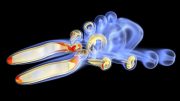
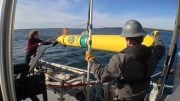

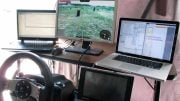
Be the first to comment on "System to Minimize Injury and Damage When Self-Driving Vehicles Crash"